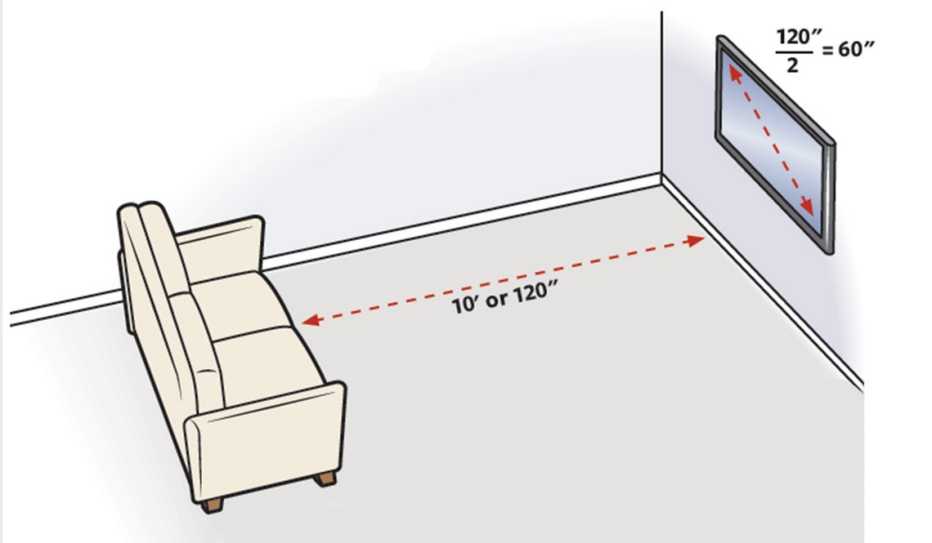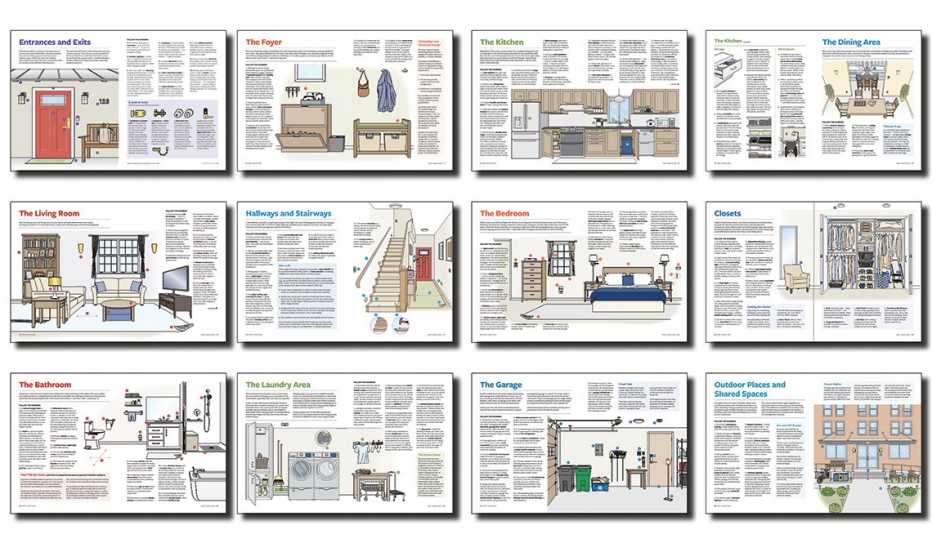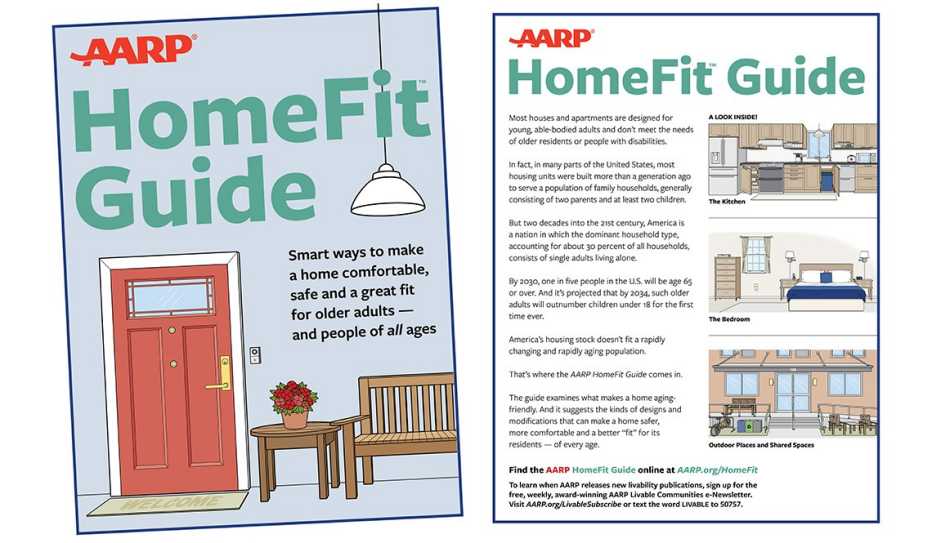AARP Hearing Center
Watching television is complicated. TVs come in numerous styles and sizes and offer a dizzying array of functions and “smart” features.


Models with names that include one of an expanding list of acronyms — HDTV, HDR, LCD, UHD, DLP, OLED, QLED — or other designations such as 4K or 8K are all high-definition televisions with either a curved or flat screen.
These televisions typically weigh less than the older, deeper, bulkier cathode-ray tube (also called picture tube) TVs that were the norm until the early 2000s. The choice of shows, series, networks and delivery methods (cable, Direct TV, internet TV and, yes, those original antenna-access channels) is similarly complex.
Select the correctly sized set for a specific space
- Old-style televisions need to sit on furniture or, in some cases, are as big as a large piece of furniture.
- Flat-screen televisions can sit on a piece of furniture or be mounted on a wall, much like a mirror or large artwork. Such installations should be done by professional installers.
- When choosing a location to hang or place a new television, select a spot where — if it falls due to a bad installation or, in some regions, an earthquake — there will be minimal risk of it hurting a person or pet.
- One way to determine what size television is best for a space is to divide the viewing distance in inches by two. The result is the recommended size. For instance, if a TV will be located 10 feet from a couch, that’s a distance of 120 inches. Divided by two, that’s 60 inches. So a 60-inch television (the diagonal measurement of the screen) would work.
AARP HomeFit Videos


AARP HomeFit Guide



































































